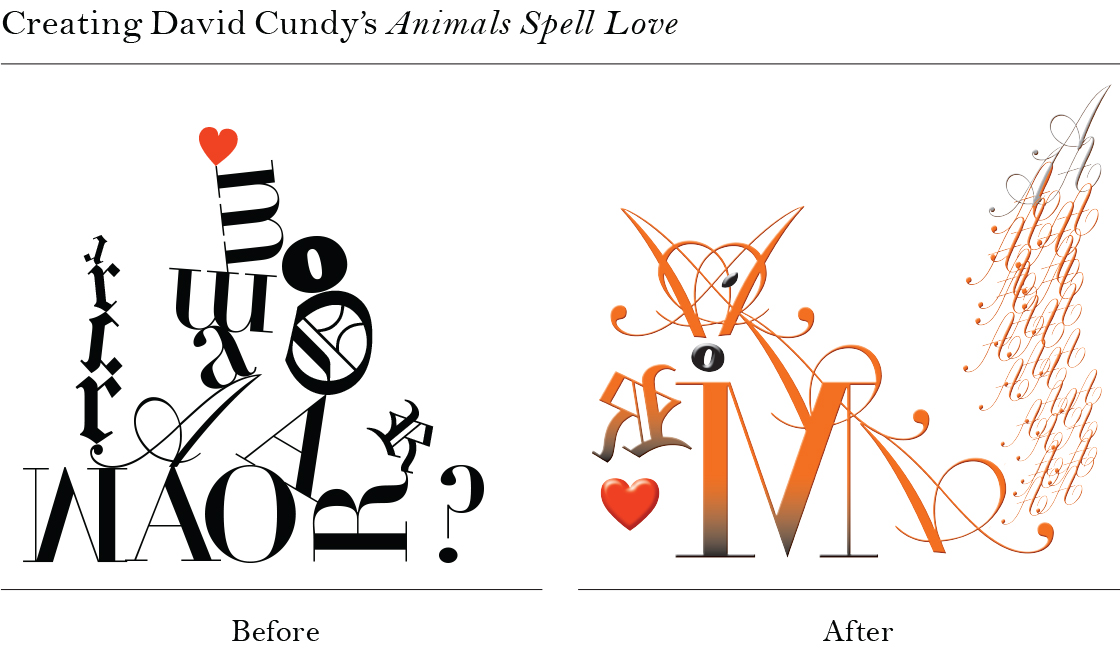 If Filippo Tommaso Marinetti, the early twentieth century founder of the Futurist movement in Italy were alive today, he would recognize the influence of his radical use of typography as a visual element in author/illustrator/designer David Cundy’s debut word and picture book, Animals Spell Love.
If Filippo Tommaso Marinetti, the early twentieth century founder of the Futurist movement in Italy were alive today, he would recognize the influence of his radical use of typography as a visual element in author/illustrator/designer David Cundy’s debut word and picture book, Animals Spell Love.
The process of turning a jumble of fonts into an animal (see illustration) was the starting point for the artist’s exploration of typography as a way to “make the world a better place” by writing a book about love. This before-and-after illustration will give graphic designers as well as laypersons insights into how the author’s interest in language and alphabets became transformed into a book.
In Animals Spell Love, Cundy uses a novel approach to promoting discovery and appreciation of foreign languages by shaping animals out of letterforms which spell the word “love” or the phrase “I love you.” Cundy features sixteen different languages from Czech to Amharic to Korean.
His exploration of the features of Amharic, for example, which has 231 letterforms (see image) was especially challenging, yet every one of them is shown on the spotted leopard, whose nose is heart-shaped. Looking for hearts, which can be found in each animal vignette, encourages the reader’s playfulness, adding value to the puzzles and “word pictures” to elevate this picture book’s universal appeal.
Winking foxes, watercolored seahorses, and moonlit owls make allusions to art, poetry and cultures while animating the word love as it appears in multiple languages and alphabets.
Hands “speak” in the last spread, using American Sign Language to say, “I love you” with a diaphanous butterfly as the featured animal. The book concludes with a world map of the languages included along with representative animals plus an index of fonts and ornaments.
Cundy’s typographic artwork “augments the expressive force of words,” which refers to Marinetti’s aesthetic agenda a hundred years ago, beyond the “gorgeous” illustrations as described by his publisher, David R. Godine. His hope that “the book conveys the importance of kindness, the fun of learning, and the wonder of diversity” is a welcome sentiment for the season.

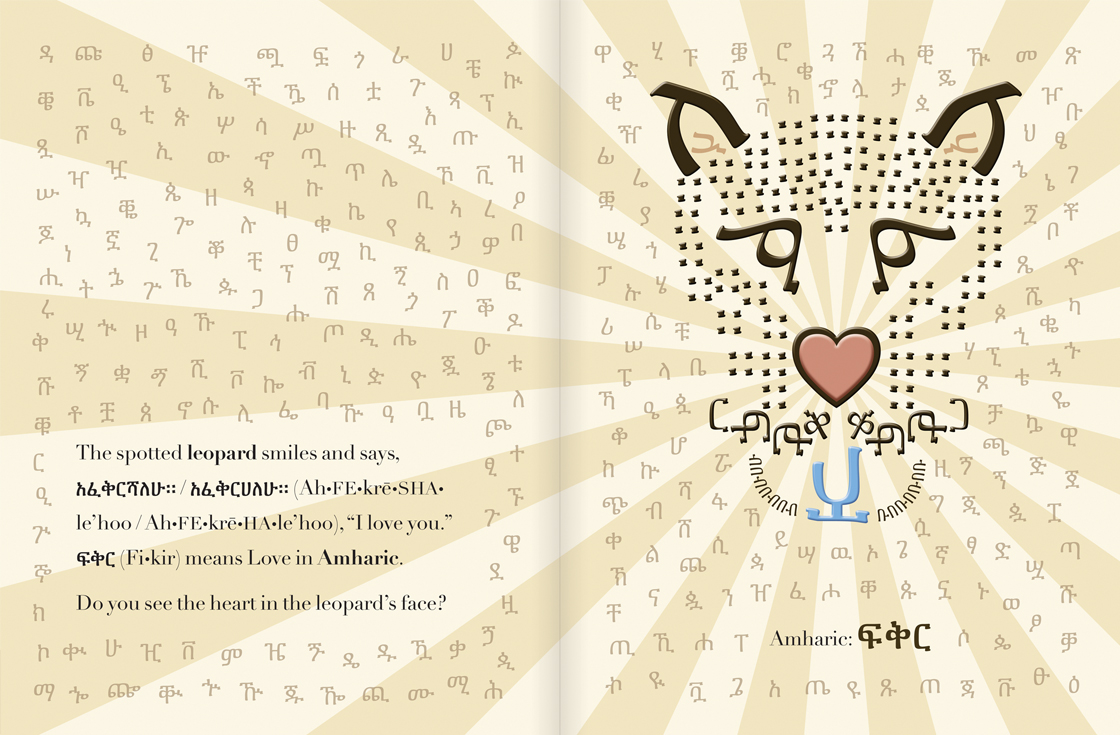

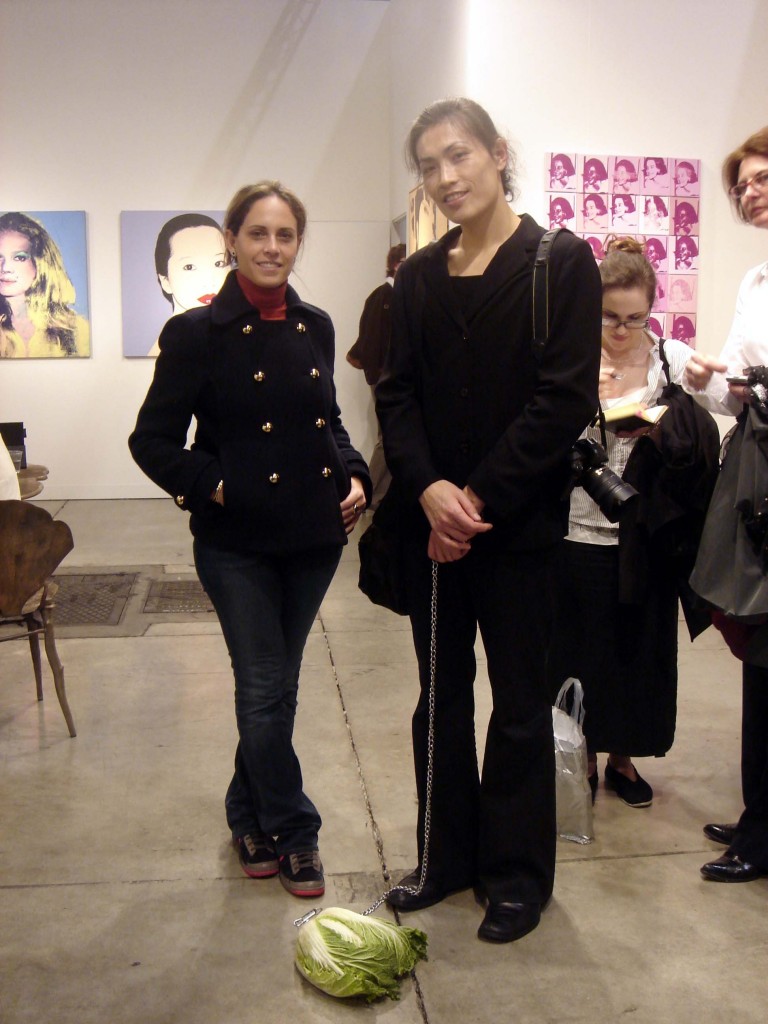
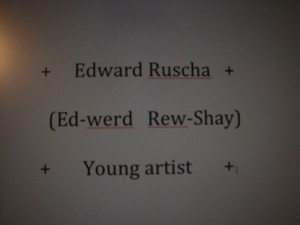
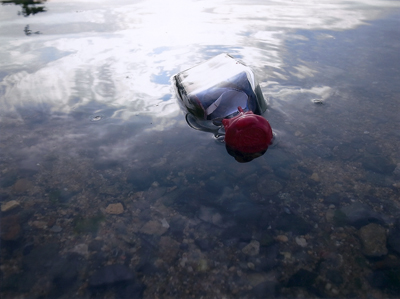

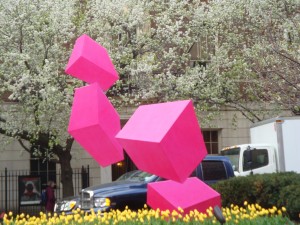
 RSS
RSS
